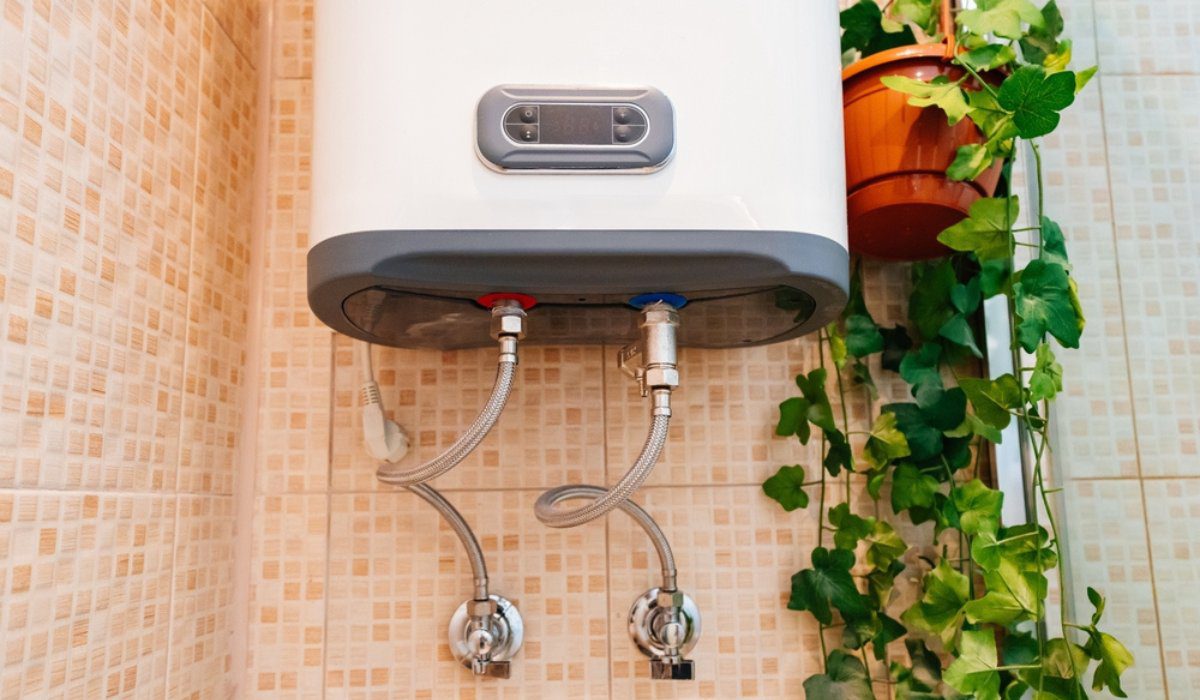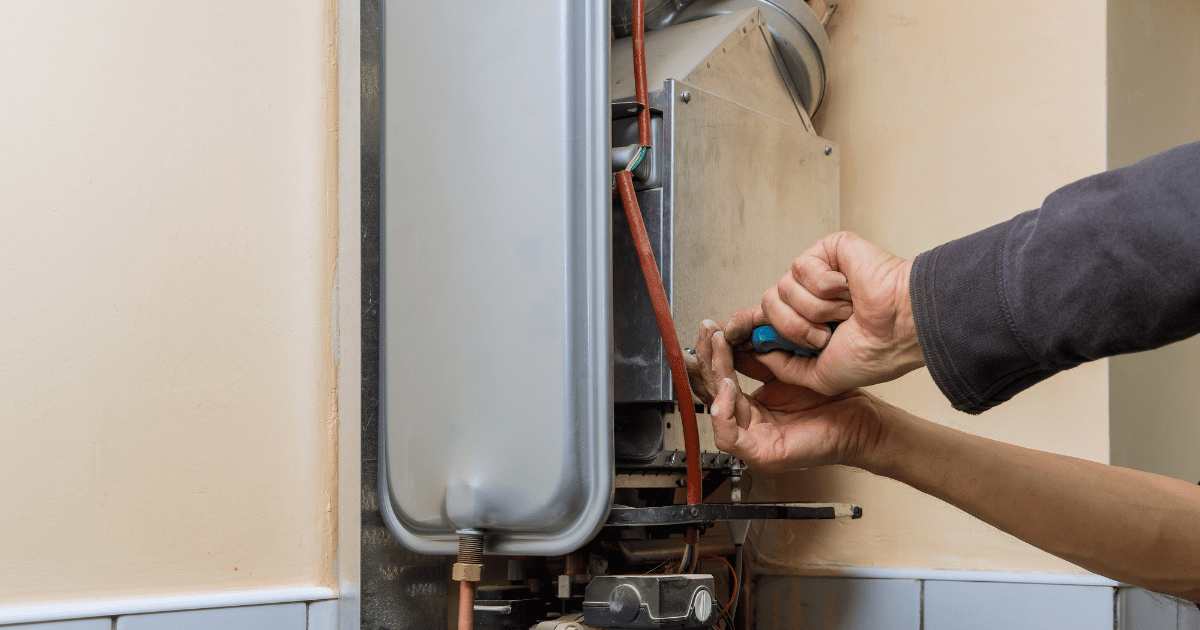Were you trying to find facts around Tips on Maintaining a Water Heater?

Warm water is crucial for everyday comfort, whether it's for a rejuvenating shower or washing meals. To guarantee your hot water system runs efficiently and lasts longer, normal maintenance is crucial. This article supplies practical ideas and insights on exactly how to maintain your home's hot water system to stay clear of interruptions and pricey repairs.
Intro
Maintaining your home's hot water system could seem difficult, yet with a few easy steps, you can guarantee it operates smoothly for several years to come. This guide covers every little thing from recognizing your hot water system to DIY maintenance ideas and recognizing when to hire expert aid.
Importance of Preserving Your Warm Water System
Regular maintenance not only expands the lifespan of your hot water system however additionally ensures it operates effectively. Overlooking maintenance can cause reduced effectiveness, greater power expenses, and also early failure of the system.
Indications Your Hot Water System Requirements Maintenance
Understanding when your hot water system needs attention can avoid major issues. Look out for signs such as inconsistent water temperature level, weird sounds from the heating system, or corroded water.
Recognizing Your Hot Water System
Before diving into maintenance tasks, it's practical to recognize the standard parts of your warm water system. Typically, this consists of the hot water heater itself, pipelines, anode poles, and temperature level controls.
Month-to-month Upkeep Tasks
Normal month-to-month checks can aid capture small concerns prior to they rise.
Purging the Hot Water Heater
Purging your hot water heater gets rid of debris build-up, improving effectiveness and lengthening its life.
Monitoring and Changing Anode Rods
Anode poles stop deterioration inside the storage tank. Checking and changing them when worn is important.
Checking and Adjusting Temperature Settings
Readjusting the temperature level setups makes sure ideal performance and safety.
DIY Tips for Upkeep
You can execute numerous upkeep tasks on your own to keep your hot water system in leading condition.
Looking for Leaks
Routinely evaluate pipelines and connections for leakages, as these can result in water damages and greater bills.
Examining Pressure Alleviation Valves
Checking the stress relief valve guarantees it works appropriately and stops excessive stress buildup.
Shielding Pipes
Insulating warm water pipes reduces warmth loss and can save power.
When to Call an Expert
While DIY upkeep is helpful, some issues call for expert knowledge.
Facility Problems Requiring Specialist Help
Instances consist of major leakages, electrical troubles, or if your water heater is consistently underperforming.
Routine Professional Upkeep Perks
Expert upkeep can include complete inspections, tune-ups, and making sure conformity with safety criteria.
Conclusion
Routine upkeep of your home's hot water system is vital for performance, longevity, and expense financial savings. By following these suggestions and understanding when to seek expert aid, you can ensure a dependable supply of hot water without unanticipated disturbances.
How to Maintain an Instant Hot Water Heater
Before tinkering with your hot water heater, make sure that it’s not powered on. You also have to turn off the main circuit breaker and shut off the main gas line to prevent accidents. Also turn off the water valves connected to your unit to prevent water from flowing into and out of the appliance. 2. When you’re done, you have to detach the purge valves’ caps. These look like the letter “T†and are situated on either side of the water valves. Doing so will release any pressure that has accumulated inside the valves while at the same time avoid hot water from shooting out and burning your skin. 3. When the purge valves’ caps are removed, you have to connect your hosing lines to the valves. Your unit should have come with three hoses but if it didn’t, you can purchase these things from any hardware or home repair shops. You can also get them from retail stores that sell water heating systems. Read the user’s manual and follow it to complete this task properly. When the hosing lines are connected, open the purge port’s valves. 4. You should never use harsh chemical cleaners or solutions when cleaning your unit. Make use of white vinegar instead. It should be undiluted and you’ll probably use about 2 gallons. 5. Now flush your water heater. This task should probably take about 40 minutes. We can’t give you specific directions for this because the procedure is carried out depending on the type, model and brand of your heater. With that being said, refer to the user’s manual. 6. When you’re done draining the unit, you have to turn off the purge port valves again. Remove the hosing lines that you earlier installed on each of the water valves. Put the valve caps (purge port) back in their respective places and be very careful so as not to damage the rubber discs that are found inside these caps. 7. Now that everything’s back in place, check your user’s manual again to find out how to reactivate your water heating system. 8. Once it is working, turn one of your hot water faucets on just to let air pass through the heater’s water supply pipes. Leave the tap on until water flows smoothly out of it. https://www.orrplumbing.com/blog/2014/september/how-to-maintain-an-instant-hot-water-heater/

As a devoted reader on What Kind of Maintenance Do Water Heaters Need?, I imagined sharing that piece of content was a good idea. Sharing is caring. You just don't know, you may be doing someone a favor. We appreciate your readership.
Browse Our Site